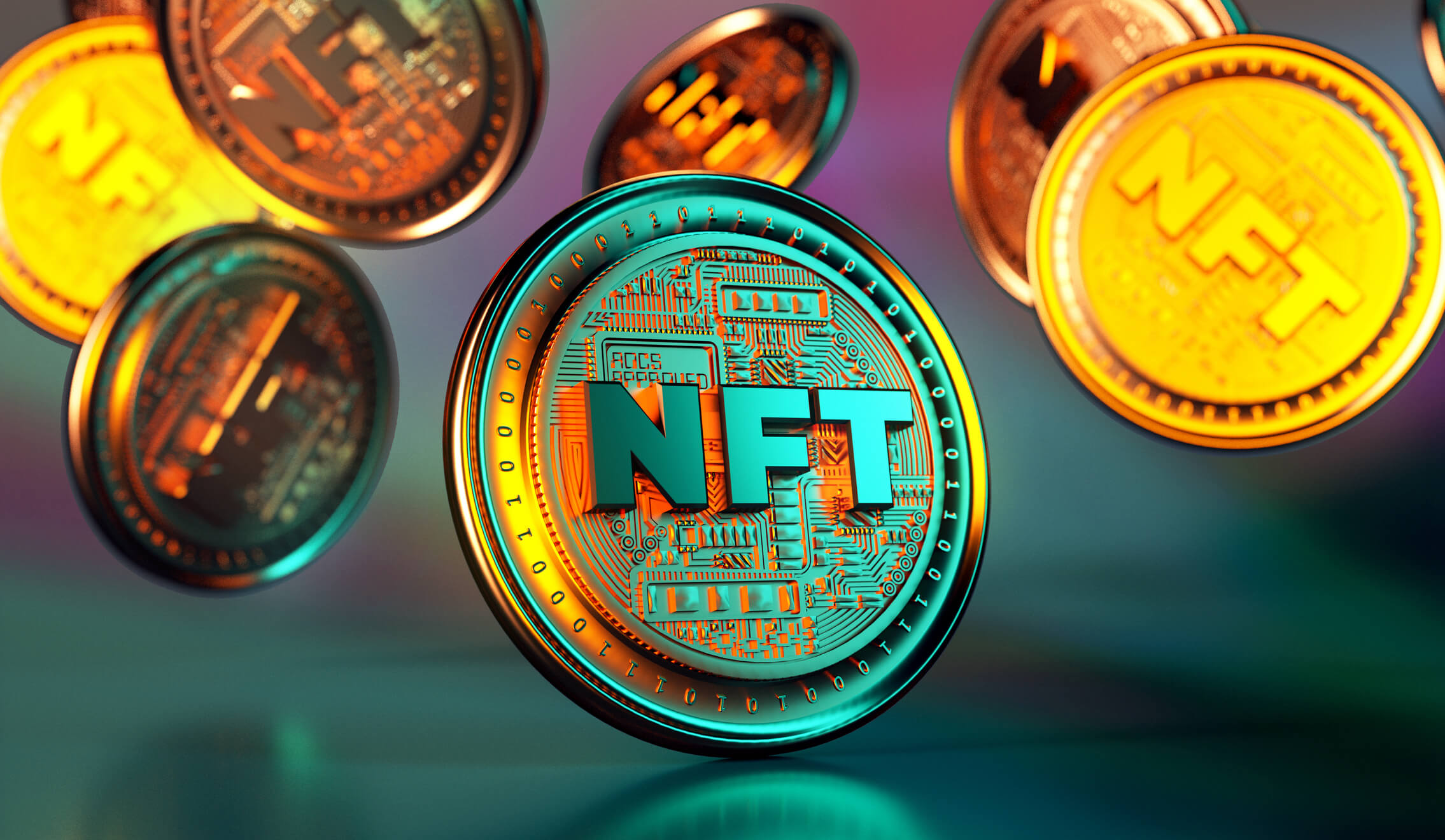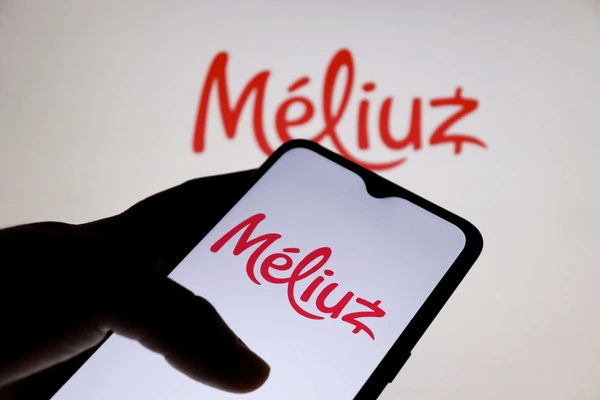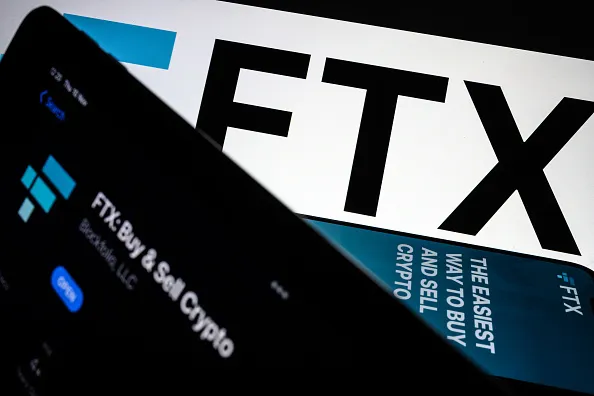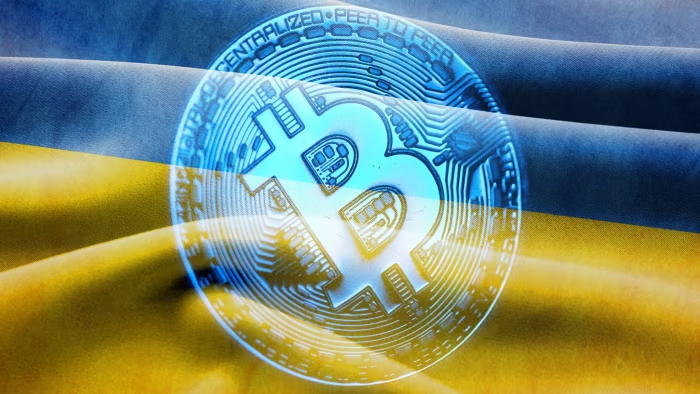NFT trading has hit a rough patch, dropping sharply since December 2024, while artificial intelligence (AI) dApps are stealing the spotlight as the fastest-growing sector in web3.
According to DappRadar’s latest Industry Report, released on March 6, 2025, NFT trading volume fell by 63% over two months, shrinking from $1.36 billion in December to $997 million in January, and then plunging to $498 million in February. Sales also dipped 16% in February, signaling a weaker market for digital collectibles. This decline reflects broader challenges in the NFT space, but some collections are holding strong, keeping hope alive for enthusiasts.
Despite the downturn, a few NFT projects are bucking the trend. Pudgy Penguins saw a 25% sales boost in February, even with price cuts, showing resilience among its community. Doodles also made waves by announcing its upcoming Solana-based DOOD cryptocurrency, hinting at a pivot toward utility-driven tokens. Meanwhile, AI-powered NFT collections like Kaito Genesis are gaining ground, with its floor price soaring to 7.65 Ethereum after partnering with Azuki. These developments suggest that innovation, especially with AI integration, could revive interest in NFTs, even as overall trading slows.
AI dApps Outshine NFTs in Web3 Growth
While NFTs struggle, AI dApps are taking off, becoming the hottest category in web3. DappRadar’s report highlights a surge in unique active wallets for AI platforms in February 2025, with LOL attracting 5.1 million users—a 40% jump—and Evermoon growing an astonishing 988%. AI-generated content is also booming, with Fractal Visions seeing a 721% adoption spike. This growth underscores how AI is reshaping web3, offering new tools and experiences that draw users away from traditional NFTs. For crypto investors, this shift signals a potential pivot toward AI-driven projects as the future of decentralized apps.
The decentralized finance (DeFi) sector isn’t faring much better, with total value locked (TVL) dropping from $217 billion in January to $168 billion in February. Ethereum’s TVL took a 27% hit, falling to $97 billion, largely due to less liquid staking activity. Solana saw an even steeper decline, with its TVL shrinking 33% to $15.4 billion, driven by reduced activity on exchanges like Raydium and Jupiter. However, not all chains are struggling—Berachain bucked the trend, hitting $5.05 billion in TVL, while Aptos grew 6% to $1.83 billion. These bright spots offer a glimmer of hope amid the broader web3 slowdown.
What This Means for Crypto and Web3 Investors
The stark contrast between NFT declines and AI dApp surges highlights a shifting landscape in web3. For investors, NFTs might feel like a fading trend, but AI-powered projects and resilient collections like Pudgy Penguins and Doodles could offer new opportunities. The drop in DeFi TVL, especially on Solana, signals caution, but chains like Berachain and Aptos show promise for those seeking growth. Stay informed on the latest web3 trends with Crypto Market Insights on news.thecoininfo.com, and explore in-depth analysis on The Coin Info Hub at thecoininfo.com.
As web3 evolves, the rise of AI dApps could redefine the industry, pulling focus from NFTs and DeFi struggles. Platforms like DappRadar provide valuable data for tracking these shifts, but the volatility in NFT and DeFi markets reminds investors to stay sharp. Whether you’re betting on AI innovation or holding steady with NFTs, understanding these trends is key to navigating the crypto world in 2025.





